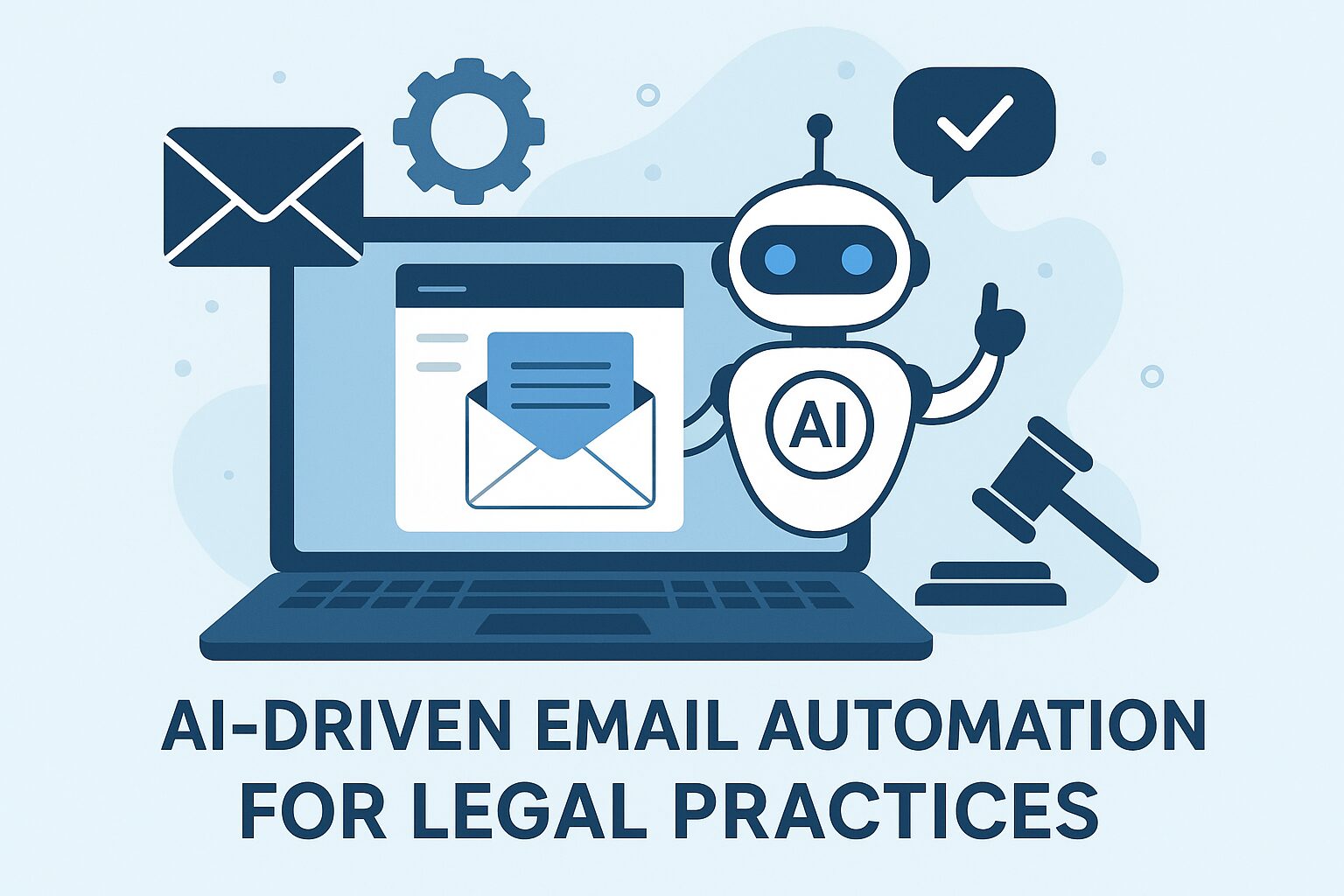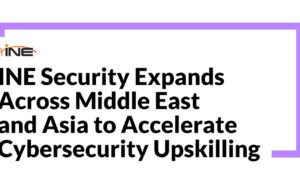Abstract
In the legal services industry, particularly for firms handling mass lawsuits involving health issues from toxic exposure, managing client communications during protracted litigation periods (5-7 years) presents significant challenges. Clients often pose vague inquiries such as “Any updates?” or “How long?”, leading to time-consuming manual responses that risk inconsistency and non-compliance with legal standards. This paper presents an innovative Generative AI (GenAI) application developed to automate email responses, integrating empathy, accuracy, and efficiency without dispensing legal or financial advice. Leveraging Python Azure Functions, Azure OpenAI, the Azure ecosystem, and Salesforce integration, the solution employs a dynamic context system as an alternative to traditional Retrieval-Augmented Generation (RAG), enabling selective file incorporation for context. A Proof of Concept (POC) demonstrated that 46 out of 50 emails were handled autonomously, achieving 96% automation overall and responses in under 5 minutes for 99.9% of cases. This approach not only reduces human workload but also enhances client satisfaction through consistent, empathetic interactions, while empowering teams for continuous optimization. The work contributes to the growing field of AI in legal practices by demonstrating scalable, data-driven automation that balances technological efficiency with human-centric communication.
Written by: Katsiaryna Yanchanka
Introduction
The legal profession is undergoing a profound transformation driven by artificial intelligence (AI), which automates routine tasks, streamlines processes, and augments human capabilities. In particular, law firms specializing in mass tort litigation, such as those addressing health damages from toxic exposure, face unique demands. These cases often span 5-7 years, during which clients frequently seek updates via email with ambiguous questions like “Any updates?” or “How long?”. Manual handling of such high-volume inquiries is resource-intensive, prone to inconsistencies, and challenging in maintaining empathy amid sensitive health-related matters.
Initial Challenges
The primary hurdles include ensuring responses are empathetic, accurate, and compliant—avoiding any provision of legal or financial advice—while freeing human agents from repetitive tasks. Traditional methods lead to inefficiencies, with agents spending disproportionate time on standard queries, potentially compromising client trust in emotionally charged scenarios. The need for a solution that preserves a “human-like” touch is critical, as empathy remains a cornerstone of legal client service, even as AI adoption grows.
This paper details a deployed GenAI system that addresses these issues, drawing from a real-world implementation at a legal firm. By integrating advanced AI with existing platforms, the solution achieves high automation rates while fostering scalability and continuous improvement.
Related Work
AI’s integration into legal practices has been explored extensively, focusing on automation for efficiency and accuracy. Studies highlight AI’s role in document review, case analysis, and compliance, with generative models transforming legal writing and research. For instance, AI tools have been shown to expedite due diligence and e-discovery, reducing manual labor in high-volume environments.
In customer service contexts, including legal communications, empathetic AI is emerging as a key area. Research on “feeling AI” for customer care emphasizes emotion recognition and response generation to build trust. Paradoxes in generative AI for service delivery include balancing automation with human empathy, particularly in sensitive fields like law. Soft skills such as empathy are deemed essential even as AI advances, ensuring client-centric outcomes.
Regarding technical approaches, Retrieval-Augmented Generation (RAG) is a standard for grounding AI responses in external knowledge, but alternatives like fine-tuning, cache-augmented generation, and knowledge base systems offer efficiency gains in specific use cases. These methods avoid RAG’s computational overhead, aligning with resource-constrained applications. Email automation in law has been sampled in broader AI applications, including document assembly and client interactions. However, few studies address empathetic automation in mass litigation, a gap this work fills through a dynamic context mechanism.
Methodology
The solution is a GenAI application built to generate automated email responses from the firm’s knowledge base, emphasizing empathy and compliance.
POC and Initial Exploration
A Proof of Concept (POC) evaluated GenAI approaches using existing email scripts and client data, ensuring integration with legacy systems. This phase tested compatibility and identified optimal models within Azure OpenAI.
Data Cleaning and Dynamic Context
Data preparation involved reviewing and reading all files, renaming them in a “when_what” format (e.g., “user_requested_refund”). This structured approach facilitated API accessibility. Rather than RAG, a dynamic context system was implemented:
- First Query: Provide the LLM with common information and all file names, prompting it to select relevant files for context.
- Second Query: Instruct the LLM to generate the email response, incorporating the selected files into the context.
This two-query process proved cost-effective and efficient, avoiding RAG’s retrieval overhead. Logs were exposed for review, allowing users to analyze why certain files were omitted and improve outcomes through prompt refinement.
Salesforce Integration
The system integrates with Salesforce to trigger responses automatically upon email receipt, enhancing workflow automation.
Iteration Based on Real Case Emails
Feedback from actual emails refined the model’s handling of long threads, including marking non-actionable emails. This iterative process improved accuracy in complex conversations.
Empowering the Case Success Team with AI
The Case Success team was trained to manage the application, updating the knowledge base and testing prompts for ongoing optimization and scalability.
Results
The deployment yielded impressive outcomes:
| Metric | Value |
|---|---|
| Emails answered in under 5 minutes | 99.9% |
| Emails automated | 96% |
| Emails with room for improvement | 4% (knowledge base, prompts, or scripts) |
| POC performance | 46/50 emails handled without intervention |
These results significantly reduced agent workload, enabling focus on high-value tasks.
Discussion
By automating inquiries, the system ensures consistent, compliant, and empathetic responses, boosting client satisfaction without eroding personal touch. An internal feedback loop provides insights for knowledge base tuning, enhancing accuracy and revealing recurring concerns. Scalability is achieved without additional hires, as repetitive questions are data-rooted, minimizing misinformation risks. This innovation demonstrates AI’s potential in legal tech, particularly through dynamic context as a RAG alternative, offering broader applicability in regulated industries.
Conclusion
This GenAI-driven email automation represents a pioneering blend of empathy and efficiency in legal practices, addressing key challenges in mass litigation communication. Future work could extend to multimodal integrations or broader AI ethics in law.
References
- Alarie, B., Niblett, A., & Yoon, A. H. (2018). How artificial intelligence will affect the practice of law. University of Toronto Law Journal, 68(1), 106–124. https://www.law.utoronto.ca/scholarship-publications/faculty-scholarship/publications/how-artificial-intelligence-will-affect
- Bucher, A. (2025). Navigating the power of artificial intelligence in the legal field. Houston Law Review, 62(4), 819–850. https://houstonlawreview.org/article/137782-navigating-the-power-of-artificial-intelligence-in-the-legal-field
- Huang, M.-H., Rust, R. T., & Maksimovic, V. (2023). The feeling economy: How artificial intelligence is creating the era of empathy. Journal of Service Research, 26(2), 159–176. https://www.rhsmith.umd.edu/news/feeling-economy-how-ai-creating-era-empathy
- Nasir, S., Abbas, Q., Bai, S., & Khan, R. A. (2024). A comprehensive framework for reliable legal AI: Combining specialized expert systems and adaptive refinement. https://arxiv.org/abs/2412.20468
- Remus, D., & Levy, F. (2017). Can robots be lawyers? Computers, lawyers, and the practice of law. Georgetown Journal of Legal Ethics, 30(3), 501–558. https://papers.ssrn.com/sol3/papers.cfm?abstract_id=2701092
- Forte Group. (2025). Automated email response for legal services. Forte Group Case Studies. Retrieved from https://fortegrp.com/cases/automated-email-response[](https://fortegrp.com/cases/automated-email-response)
- Gao, T., Yao, X., & Chen, D. (2021). SimCSE: Simple contrastive learning of sentence embeddings. Proceedings of the 2021 Conference on Empirical Methods in Natural Language Processing, 6894–6910. https://arxiv.org/abs/2104.08821
- Brown, T. B., Mann, B., Ryder, N., Subbiah, M., Kaplan, J., Dhariwal, P., … & Amodei, D. (2020). Language models are few-shot learners. Advances in Neural Information Processing Systems, 33, 1877–1901. https://arxiv.org/abs/2005.14165
- Wirtz, J., Patterson, P. G., Kunz, W. H., Gruber, T., Lu, V. N., Paluch, S., & Martins, A. (2018). Brave new world: Service robots in the frontline. Journal of Service Management, 29(5), 907–931. https://espace.library.uq.edu.au/view/UQ:0c818bc
- Zafar, A. (2024). Balancing the scale: Navigating ethical and practical challenges of artificial intelligence (AI) integration in legal practices. Discover Artificial Intelligence, 4(27). https://link.springer.com/article/10.1007/s44163-024-00121-8



































